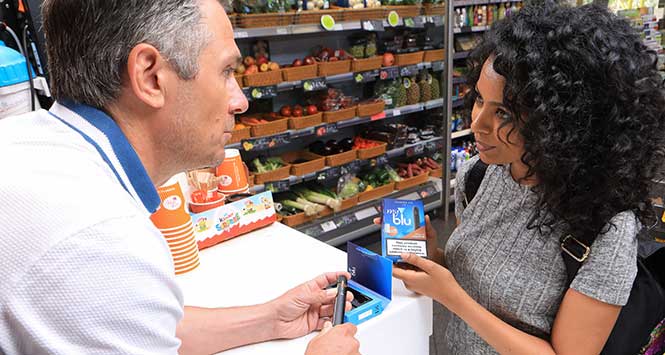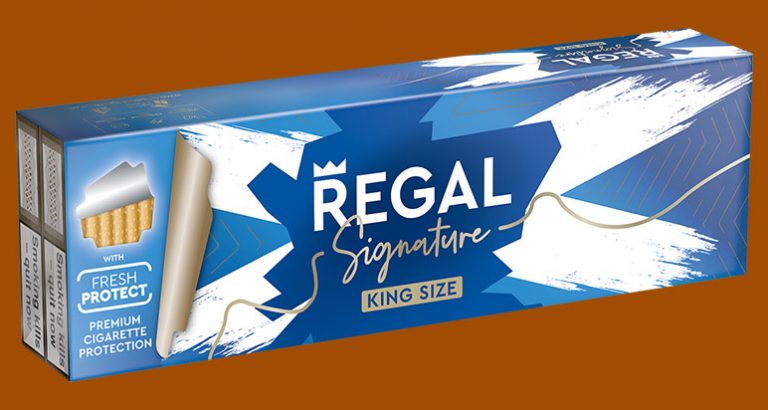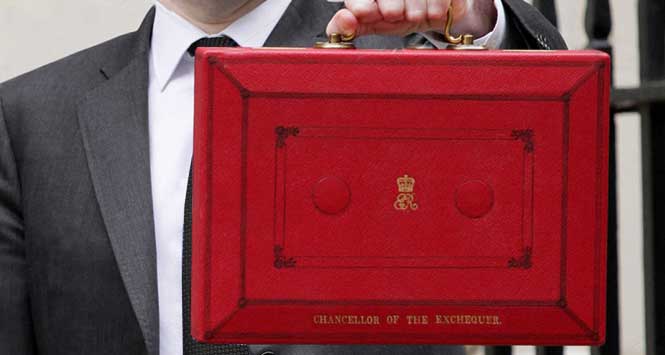The vaping category is in strong growth once more, fuelled by the Menthol Ban in May and the effects of Covid-19, so is it time for a fresh look at the category?
Whichever way you look at it, the vaping market in Scotland and across the rest of the UK hasn’t exploded in quite the way that many industry commentators predicted, or indeed hoped.
The last couple of years in particular have seen growth in the market stall and even May’s ban on menthol and other flavoured tobacco products didn’t have quite as dramatic an effect on the vaping category as many had expected or hoped for.
Sales did increase after the ban, but the 12.6% increase recorded by IRI in the 12 weeks following the ban was hardly the boom that retailers desired.
Vaping remains, nonetheless, a significant category and it is likely that it will grow in future once the morass of legal issues and misinformation it currently finds itself mired in is finally overcome.
The category is currently worth around a whopping £1bn in the UK, with around 30% of vaping sales taking place in traditional retail stores [ECigIntelligence July 2020]. A further 20% of sales are made online and the remaining 50% come through specialist vapeshops.
Overall, pod-mod systems are becoming increasingly popular thanks to their ease of use and flexibility, although open systems still account for over 80% of the category. Over the past year within traditional retail, nicotine salts (nicsalts) have grown to become the preferred liquid for pods. This is thanks to the fact that they allow nicotine to be absorbed into the blood stream faster than normal e-liquids, thereby more closely replicating the experience of smoking a traditional cigarette. This is particularly relevant for adult smokers looking to switch for the first time, or those who have tried vaping in the past and haven’t been completely convinced.
Covid impact
The big question at the moment is the impact that coronavirus is having on the category. Duncan Cunningham, UK Corporate Affairs Director at Imperial Tobacco & blu, says: “Whilst it is still too soon to know what the full impact of the pandemic will be, there are some trends emerging that could be shaping convenience store sales in the vaping category.
“As a result of the Covid-19 pandemic, many customers have started shopping locally or online, in part because they are less willing to go far from home for their products. Therefore, there is an opportunity for convenience stores to retain customers of vape products that might shop elsewhere (such as specialist vape stores) under normal circumstances.”
Cunningham highlights how customer service has a particularly crucial role to play at present, given the in-store restrictions that are in place because of the coronavirus outbreak.
He comments: “Many consumers won’t wish to handle products in order to look at them before they buy and may also be inclined not to ask questions at the till point to avoid queues building up behind them, which can be intimidating. With this in mind, retailers need to be prepared to proactively offer them advice at the till point and help shoppers feel at ease by providing knowledgeable answers to their questions that really showcase their understanding of the category.”
He also believes it’s also a good idea to have a strong visual display of vaping products, positioned away from the main gantry where possible, with clear information on pricing to enable customers to browse at their leisure without the need to handle and inspect products. Where space is limited, even a small countertop unit can help achieve this, especially if it is well organised and fully stocked. Making sure that it is positioned in a particularly well-lit part of the counter will also help increase stand out even further.
Menthol movement
As highlighted above, vaping sales did hit double digit growth in the wake of the Menthol Ban in May, but the one area that perhaps unsurprisingly saw a stellar spike was menthol vaping products.
IRI data for the 12 weeks after the introduction of the ban show that menthol product sales rocketed by almost 45% in tracked channels.
Juul Labs UK Sales Director John Patterson says: “If we look at total sales across closed and open systems in the 12 weeks pre and post the removal of menthol cigarettes, then menthol and mint products contributed to almost 60% of all growth in the category, with menthol flavours alone responsible for 36% of all growth.”
Patterson hails the company’s Glacier Mint and Menthol JUULpods as key drivers and must-stock products for retailers.
He comments: “Since May, Glacier Mint JUULpods have remained the number one refill kit in the closed pod sector in the UK and Menthol JUULpods have performed strongly. Retailers who stock the JUUL range could therefore grow their category sales and offer adult smokers a credible alternative to cigarettes.”
Training key
Now more than ever, investing in education of staff is key to retaining new and existing vape customers, says Cunningham.
“If retailers don’t invest in training their staff on the products on offer, there’s a strong chance they’ll miss out on sales,” he says. “However, if they make sure their staff know the products well, so they can talk comfortably to shoppers and are equipped to answer any questions they may have, this will pay off massively in terms of sales and repeat visits.
“As retailers become more familiar with the category and their customers’ needs, we recommend tailoring the range offered to ensure it caters to demand. Proactively engaging with shoppers at the till point is a great way to provide excellent customer service.
“Retailers can use these conversations as an opportunity to advise customers on the different products and any supporting promotions available. As well as offering customers the much-needed support they need, doing so will also help retailers gather useful intel about their shopper purchasing habits that will help them shape their range.”
Product Positioning Shoppers are often drawn to products displayed at eyeline, so we’d recommend placing devices at this level, and then the supporting brand e-liquids or accessories on the shelves above and below. Low margin products, or cheaper brands, should be placed on the lower shelf, with higher margin products above the devices. Also, grouping the respective brands together in a well-organised display will help to create further shelf-appeal for products, as well as making it easier for staff to locate products for quick service and maintain stock levels.
Vape Display Solutions Many specialist vape stores have invested significantly in their store interiors to ensure they offer maximum consumer appeal. While these stores include an extensive range of products, they are often carefully displayed to promote a minimalist look, featuring sleek arrangements of products. These attractive interiors and displays help draw consumers in from the high street and drive footfall into the stores. Therefore, any independent retailers looking to compete and truly position themselves as a destination store for vapers should consider investing in their displays and range to offer a similar shopping experience for their customers.







